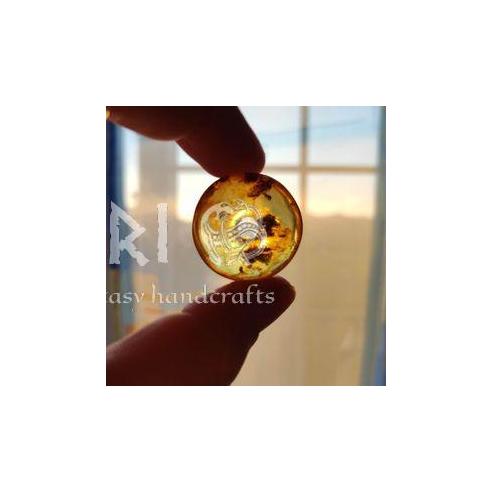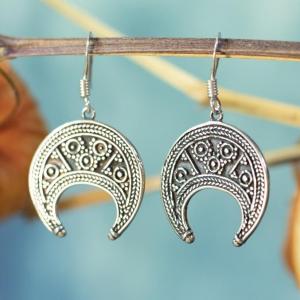Amber is one of the first substances that man began to use for adornment in the form of jewellery, but also talismans and amulets and funerary objects to honour the deceased as a lasting memory of life, as evidenced by finds dating back to around 8,000 BC. This typical ring shape has accompanied human history for all these centuries.
In ancient times, amber was a symbol of nostalgia and sadness and often referred to the connection with tears, as a dried drop of amber is very similar to tears.
One legend says that the name amber comes from the Latin electrum and the ancient Greek electron, which was derived from elektor = shining sun.
Greek myth tells of Phaethon, son of the sun (the god Helios), who when killed by lightning, his sisters turned into poplars and their tears flowing into the river Eridanus solidified into droplets of amber.
In Scandinavia, amber is thought to be the tears of Freya, the Viking goddess of love and beauty.
Amber is a fossilised resin and therefore this natural material is lightweight. It has the ability to float in salt water. That's how you can tell the real piece.
Machining a nugget into a donut shape is not only risky in terms of damaging the material during production. It also creates a lot of waste that is not used anymore and this is also reflected in the price. However, you will get a unique piece of Earth's history, and with any luck, yours will include a piece of petrified wood or grass and insect remains.
The price includes a quality leather strap.
You are buying this exact piece.
Weight: 4,3 g
Diameter: 2,7 cm












